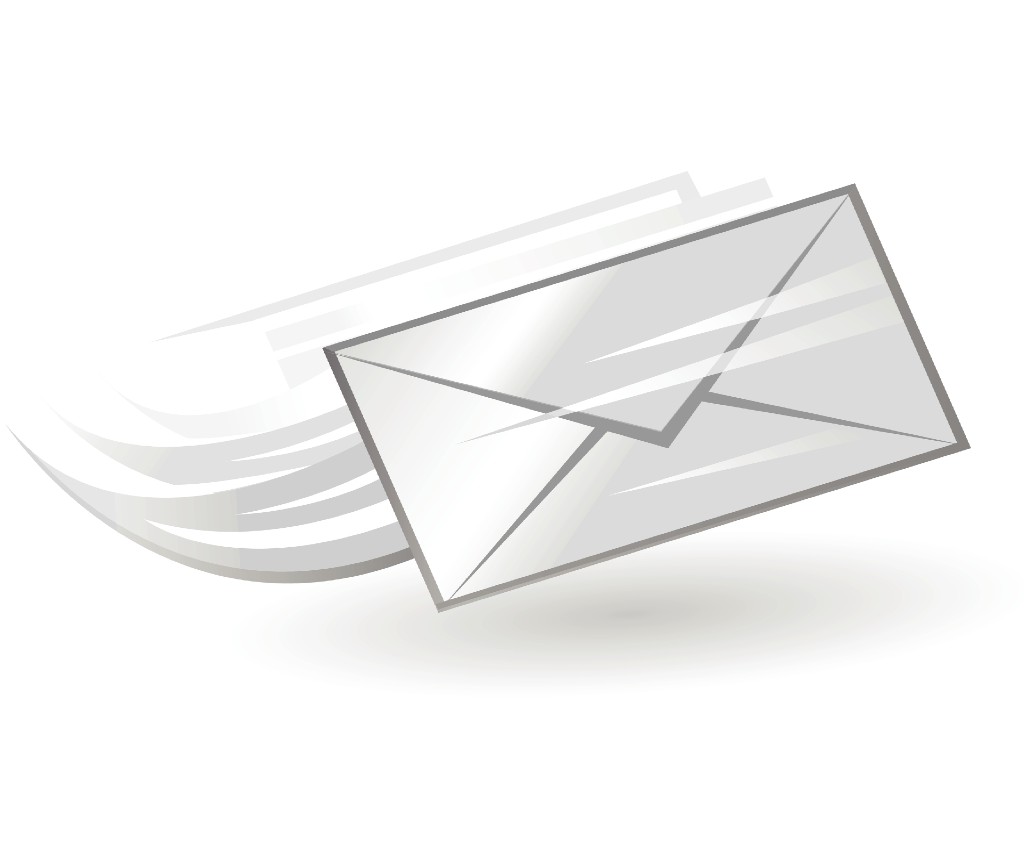My Email Open Rates Are Low. How Can I Improve Them?
Your email opening rates are constantly low and don’t seem to improve no matter what you do? Don’t worry. In this article, you’ll learn how to boost low open rates so your business can thrive without endangering your sender’s reputation.
What is The Open Rate?
In the simplest terms, the open rate is the percentage of all delivered emails that recipients open. To calculate it, you have to divide the number of customers that opened your email by the number of emails you’ve sent (excluding the total number of bounced emails). And then multiply it by 100%. A good opening rate starts from 20%, and a great opening rate is anything above 25%.
Why Does the Open Rate Matter?
Email marketing can only be effective if the recipients read your emails – it’s not rocket science. If you keep sending emails to unresponsive customers, it will affect your sender’s reputation, which will cause more of your emails to end up in spam folders. Consequently, fewer individuals will see and receive your emails, limiting your email open rates and negatively affecting your sales.
When it comes to corporate communication, 86 percent of business professionals prefer to utilize email. Consumers who buy things via email spend 138 percent more than those who don’t get email offers. So statistics clearly indicate that email marketing is a powerful tool to boost your business. That’s why open rates are so important.
What Are Some Common Causes of Low Open Rates?
Why is your email open rates low? Could it be that customers don’t like receiving emails? That’s definitely not the case. According to statistics, 72% of customers prefer to be contacted via email. There could be many different causes of the low open rate.
Here are some most common factors that can affect the open rate:
- The timing
- The relevance of the email content to a customer
- Word count
- Subject lines
How to Improve Open Rates?
We’ve compiled a list of ways to improve your email open rate. Whether you use one suggestion or all seven, we guarantee you’ll see an increase in your open rates.
Seven Easy Ways to Improve Your Email Open Rates
1. Use catchy and short subject lines.
The subject line is the first thing customers read when they receive the email. If it’s not catchy and doesn’t strike their curiosity, chances are they won’t open the email no matter how good its content is—making it the most critical thing about your email campaign.
According to a study by Retention Science, subject lines containing 6 to 10 words had the highest open rate, making eight words the perfect length for it. A subject line that is too long will be chopped off, leaving your reader with no idea what the email is about, which increases the chance of them just ignoring it.
2. Update your list frequently.
Some of your subscribers might have changed their email addresses or might not be interested in your product anymore. If you keep sending emails to unresponding customers, it will affect your overall open rate. That’s why you need to remove inactive subscribers from time to time. You might be wondering how you can define inactive subscribers. If a customer hasn’t interacted with your email for six months or longer, they can be considered inactive subscribers. But removing them from the list without trying to win them back one last time isn’t the way to do it. You should send a win-back email and try to re-engage them.
3. Segment your list
With the number of emails that flood our inbox daily, it’s almost impossible to open and read all of them. When deciding which email to open first thing customer considers is the relevance of this email to them. And the best way to increase the relevance of your emails is to segment your list.
According to Lyris, marketers who segmented their email lists had a 39 percent increase in open rates, a 28 percent decrease in unsubscribe rates, and a 24 percent increase in deliverability and revenue. Consider how you can reach out to smaller, more targeted groups if you’re still dealing with a single huge email list. Find a method to group your connections by location, interests, or purchase habits.
4. Choose the right time to send emails.
Determining what time is the best for sending emails is quite simple. You should first divide your consumers into two or three groups and send them emails at various intervals throughout the day. Try it out with a few different emails and see which gets the most responses. It will take some extra effort, but after a few weeks, you should know when your clients will most likely open your email.
If that sounds like too much work for you, there are general statistics to help. According to Mail Chimp’s Data, the optimal time of the week to send emails is on weekdays rather than weekends. No one day was a clear winner. They also discovered that the best time to send emails is around 10 a.m. in the recipient’s local time zone.
5. Personalize Emails
The research done by Experian indicates that personalized emails have six times the transaction rate of generic emails, and tailored subject lines are 26 percent more likely to be opened.
According to Pinpointe Marketing, using a specific person’s name instead of a generic email address or corporate name may raise open rates by up to 35 percent!
There are different ways to personalize email. The simplest one is adding the customer’s name in the subject line. You can also try subscribers’ anniversary offer emails based on the date they signed up to make it feel more personal.
Sending out small queries for your customers to fill out so that you can get more information about their preferences is another way to help you make emails more tailored to individuals.
6. Use humor
To build a relationship with your subscribers, use humor. Having emails that aren’t too distant, impersonal, or dull is an excellent place to start when it comes to raising your open rate.
Incorporating humor in your emails can make customers’ perspectives of the company more positive. It might even make them look forward to receiving more of your emails.
7. Prevent being marked as spam
Ensure that your email was sent to your recipient’s inbox and not to the spam folder. Emails usually end up in the spam folder if they have less than a 10% opening rate and greater than a 0.5% unsubscribe rate. Besides, they will also end up there if you use spammy words.
The problem is that spam filters have improved. As a result, you don’t have to send a spammy email to be tagged as such. But don’t worry. You can take the following steps to prevent your email from ending in the spam folder.
- Your should write subject lines in lowercase letters. Your emails may be marked as spam if you use all upper case letters in the subject line.
- To prevent others from sending emails in your name, authenticate your email account.
- Do not utilize your subscribers’ email addresses for anything other than the purpose of their subscription.
- Make sure to include the ‘unsubscribe’ option.
List of words that might make your email end up in the spam folder: One hundred percent free, please read, take action now, info you requested, don’t delete, you are a winner, cancel any time, order now, and many more.
Now that you’ve learned all about the fantastic techniques for increasing your open rate, it’s time to put them to use. Test them all out and keep track of the results. Discover which one is the most effective for you.





